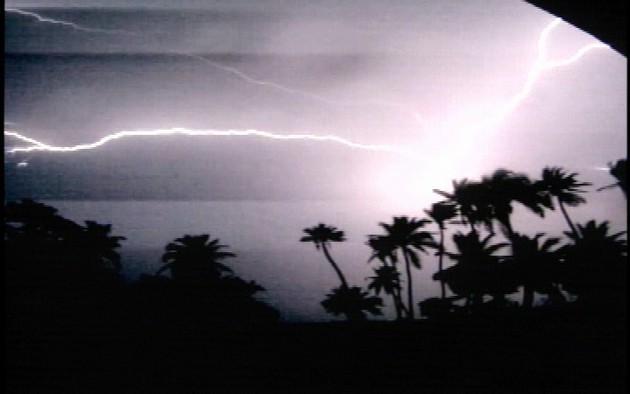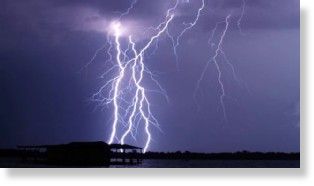
The 1,000 kilometres of impenetrable barrier constructed along the Mexico - United States border, with the aim of stemming illegal human immigration, is also hampering the movements of animals, including several endangered species, a recent study finds.
The species most at risk are those with smaller populations and specialized habitats, says Jesse Lasky, a graduate student at the University of Texas, Austin, and an author on the study, published in Diversity and Distributions.1 Small range size is associated with a higher risk of extinction, and for some species, the barriers reduce range by as much as 75%. According to the study, species most at risk include four listed by the International Union for Conservation of Nature as endangered or threatened - the Arroyo toad (Anaxyrus californicus), the California red-legged frog (Rana draytonii), the black-spotted newt (Notophthalmus meridionalis) and the Pacific pond turtle (Clemmys marmorata) - together with the jaguarundi (Puma yagouaroundi), which is endangered in the United States and threatened in Mexico.
The study also identified three border regions where wildlife is most at risk from the barrier: coastal California, coastal Texas and southeastern Arizona's Madrean Sky Island Archipelago.








